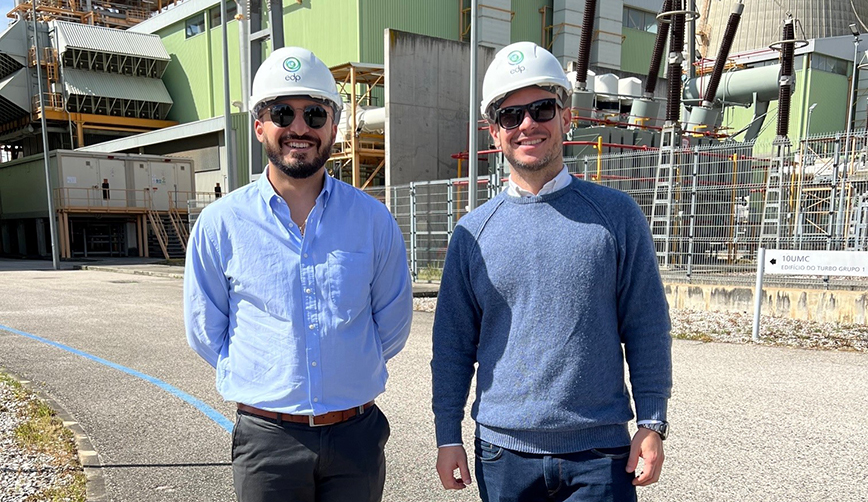Researchers make power plants more flexible

The increase of solar and wind power demands flexible power plants that can operate when the wind doesn’t blow or there is no sun. Maybe hydrogen or ammonia in gas turbines combined cycle power plants is the solution? KTH researchers will find out.
Gas turbine combined cycle power plants are one alternative as they can regulate their load production and adapt to “green fuels” like hydrogen and ammonia. However, with the current increase of renewables they are operated for less time and not profitable, plus the combustion of green hydrogen or ammonia is not mature and demands research and development.
These issues are addressed by researchers at KTH. Being part of an EU consortium they investigate hydrogen and ammonia combustion technologies, production and storage of hydrogen/ammonia at the same location as the combined cycle plant.
“Power to hydrogen/ammonia back to power in combined cycles seem to have a great potential when talking about seasonal storage, thus not necessarily competing with batteries or even thermal or mechanical storage” says Rafael Guedez, KTH’s principal investigator.
“We try to understand if co-locating electrolysis processes next to thermal power plants can make them more flexible, while enabling a new revenue stream,” says José Garcia a PhD researcher at the Department of Energy Technology.
KTH contributes with technical and economical models for this in collaboration with the industrial partners involved. When the project is over these models have the potential to be used by industry, academia and researchers to investigate the feasibility of power-to-hydrogen projects and of re-purposing combined cycle plants, future-proofing them for renewable-driven markets.
Read more: FLEXnCONFU
